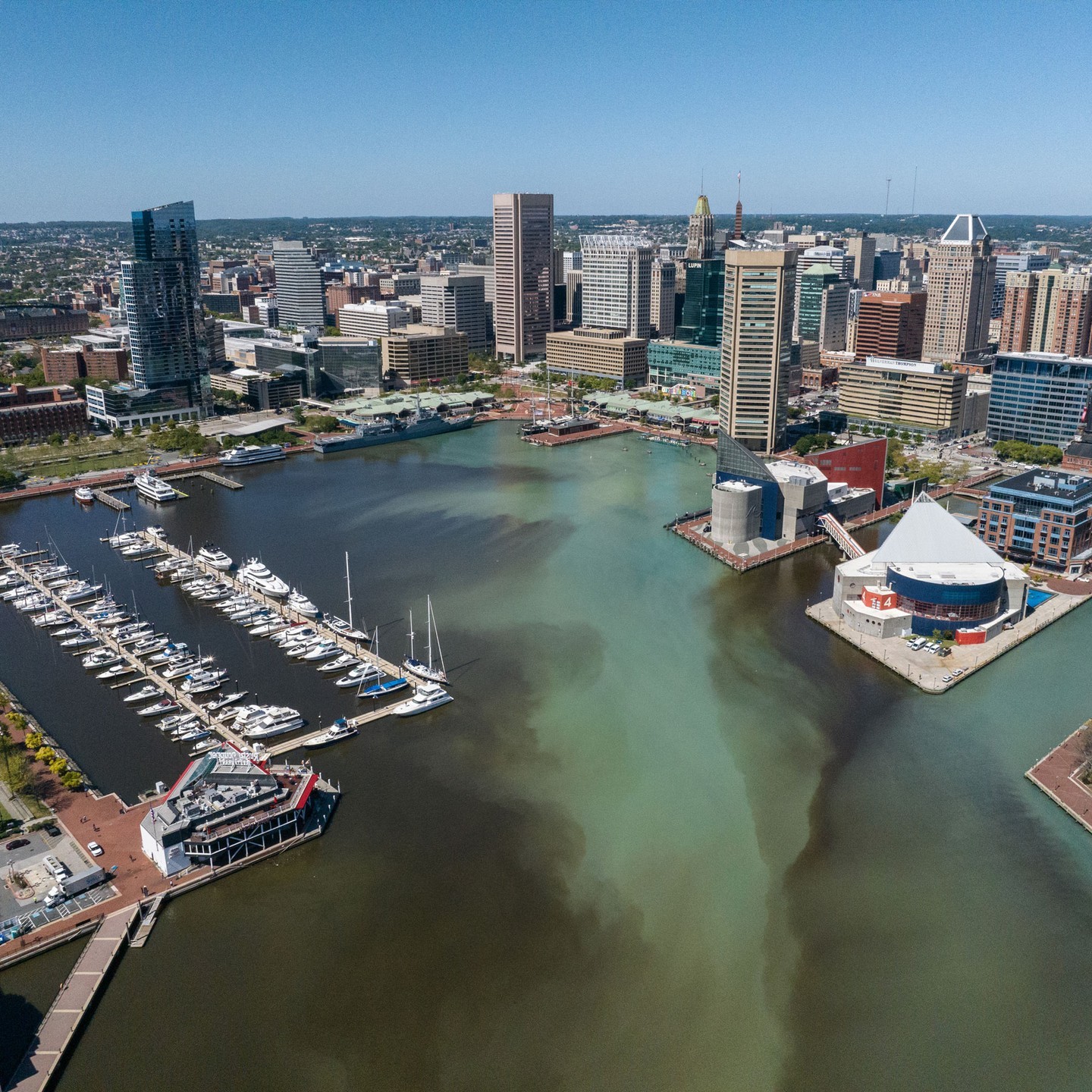Summary:
– The pungent smell at Inner Harbor is caused by a phenomenon known as a thermal inversion.
– The sulfur bacteria living at the bottom of the harbor rise to the surface due to cool nighttime temperatures.
– This reaction results in green-colored water, giving rise to the term “pistachio tide.”
– The unpleasant scent is due to the release of hydrogen sulfide gas by the sulfur bacteria.
– Understanding the unique nature of this event can lead to a deeper appreciation of the harbor’s ecosystem and the interconnectedness of its organisms.
You’re not alone if you walked by the Inner Harbor today and noticed a pungent smell. The air is tainted by an aroma that can only be described as an acquired taste. But fear not, for this odor-filled phenomenon has a fascinating explanation rooted in the complex world of nature. It’s time to dive into the depths of the Inner Harbor, exploring the unique and captivating aspects of what is affectionately known as the “pistachio tide.”
The Thrilling Scent of the Harbor:
Picture yourself strolling along the waterfront, the crisp air filling your lungs, when suddenly, an assault on your olfactory senses shakes you from your reverie. You raise an eyebrow and wonder what could cause this peculiar scent in the atmosphere. The answer lies beneath the water’s surface.
Thermal Inversions: Nature’s Game of Hide and Seek:
Cool nighttime temperatures create the perfect conditions for a hidden world to emerge. The Inner Harbor, teeming with life, houses a special group of sulfur bacteria. These peculiar organisms thrive in the oxygen-depleted, sulfur-rich environment of the harbor’s depths. As the air chills, these bacteria seize the opportunity to make their presence known, rising to the surface en masse.
Green Waters: Nature’s Artistic Touch:
As the sulfur bacteria ascend, they bring a spectacle that can truly be called a feast for the eyes. The water’s color is transformed, taking on a striking shade of green. Ripples on the surface break the light, creating a mesmerizing interplay of hues. This vivid transformation immortalized this event as the “pistachio tide.”
The Culprit Behind the Unpleasant Scent:
While the visual impact of the pistachio tide is undeniable, the aroma accompanying it is less welcome. The pungent smell, reminiscent of rotten eggs, results from the sulfur bacteria’s activities. These little organisms release hydrogen sulfide gas as a byproduct of their metabolism, filling the air with an unforgettable fragrance that leaves an impression on anyone who has had the pleasure (or displeasure) of experiencing it.
Ecological Harmony: Connecting the Dots:
To truly appreciate the “pistachio tide,” it is essential to understand its significance within the greater ecosystem of Inner Harbor. This natural phenomenon is a reminder that the harbor is not just a body of water but a complex and interconnected web of life. From the tiny sulfur bacteria to the fish that call these waters home, each organism plays a vital role in maintaining the delicate balance of this aquatic ecosystem.
A Call for Appreciation:
In our bustling urban environments, it is easy to overlook the interplay of nature’s wonders. Yet, a simple stroll by the Inner Harbor during a “pistachio tide” offers a chance to witness the harmonious dance of life and appreciate the hidden intricacies of our natural world. It reminds us that even amidst the concrete jungle, nature will always find a way to assert itself, captivating our senses and sparking curiosity.
Conclusion:
Next time you find yourself at Inner Harbor and catch a whiff of the unmistakable scent of a “pistachio tide,” take a moment to embrace the remarkable phenomenon unfolding before you. Immerse yourself in the vibrant greens and appreciate the interconnectedness of the diverse organisms that call this harbor their home. After all, it is through understanding and appreciation that we can develop a deeper love and respect for the wonders of our natural world.
*****
Source Description
You’re not alone if you walked by the Inner Harbor today and noticed a pungent smell. Cool nighttime temperatures bring sulfur bacteria living on the bottom of the harbor to the surface, a phenomenon known as a thermal inversion. The reaction results in green-colored water, so this event is commonly known as a “pistachio tide.” Learn what gives the water its unpleasant scent at the link in our bio!


